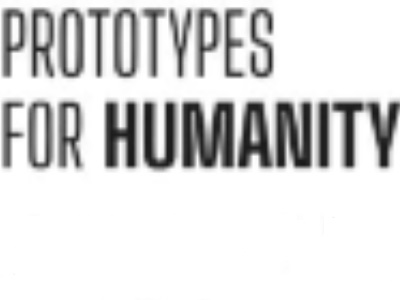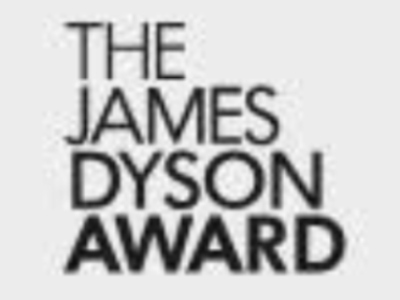From mixed reality to park enhancements, Carleton University students participating in this year’s industrial design grad show demonstrated new ways people can connect.
The annual show, which wrapped up on Sunday, allows graduating students to put their final projects on display.
Martin Eisert’s portable “mixed reality” device was inspired by an 11-year-old he met in Kuujjuaq, a community in the Nunavik region of Quebec.
Eisert noticed the young boy could focus intensely on video games, but struggled with a pen and paper.
“I was sort of wondering, if he loves the gaming aspect, could there be a way to do math or learn language or just learn social skills while playing the video game?”
Seeking a solution, Eisert created a portable device that projects digital elements onto the physical world, with the player using their voice and gestures to complete activities and games that help improve social skills.
While virtual reality projects are all the rage, Eisert said mixed reality was more appealing as a way to help children with autism.
“The headsets can be sometimes uncomfortable to wear for long periods, and also kind of isolating because you do kind of get trapped into your own little bubble,” he said.
His device strikes a balance, he said. And while it won’t be the solution for every child with autism, Eisert hopes it provides a new, creative way for some to engage with the world.
Park project
Alex Whiteley’s project, titled Ember, also seeks to bridge gaps in social connections — in his case, by taking aim at the links between neighbours and at public spaces.
Whiteley’s project is two-pronged. On the surface, it’s about enhancing public spaces with dynamic lighting and sensors.
“If this was set up in the park near you, [it would look like] an arrangement of these geometric forms that are made of this robust plastic,” he said. “[They] can be sat on, jumped on, ran on, or played with.”
As you walked toward the plastic structures in a park, they’d begin to glow “with a shimmering campfire light,” he said.

Ember is a project by studen Alex Whiteley. As pople approach the plastic geometric forms, they begin to glow and can be interacted with. The project can also collect useful data for municipalities. (Carleton University
The sensors can also send useful information to municipalities, like what times people use the parks. His project is catered toward communities with limited means, the Carleton student said, but still want to make their communal spaces special.
“It’s really important for communities that don’t have much budget, don’t have much resources,” he said.



